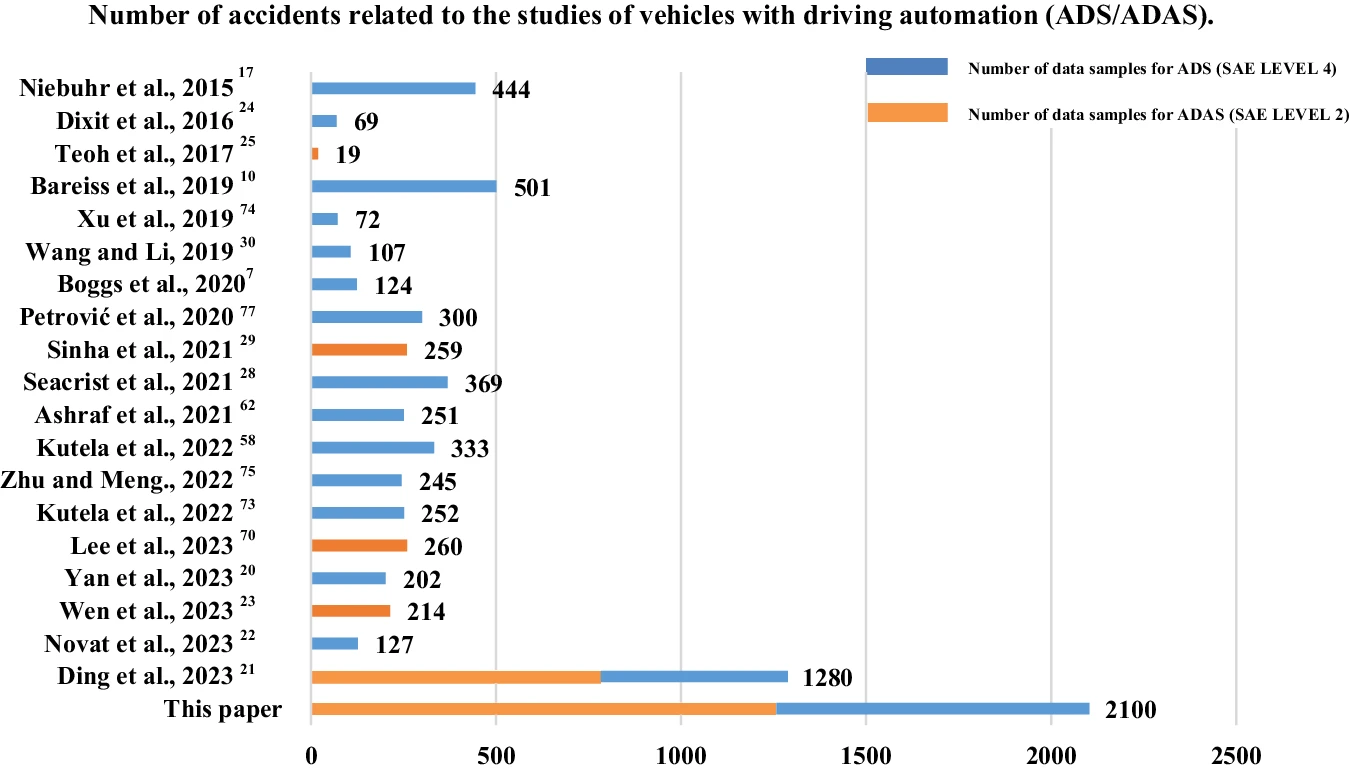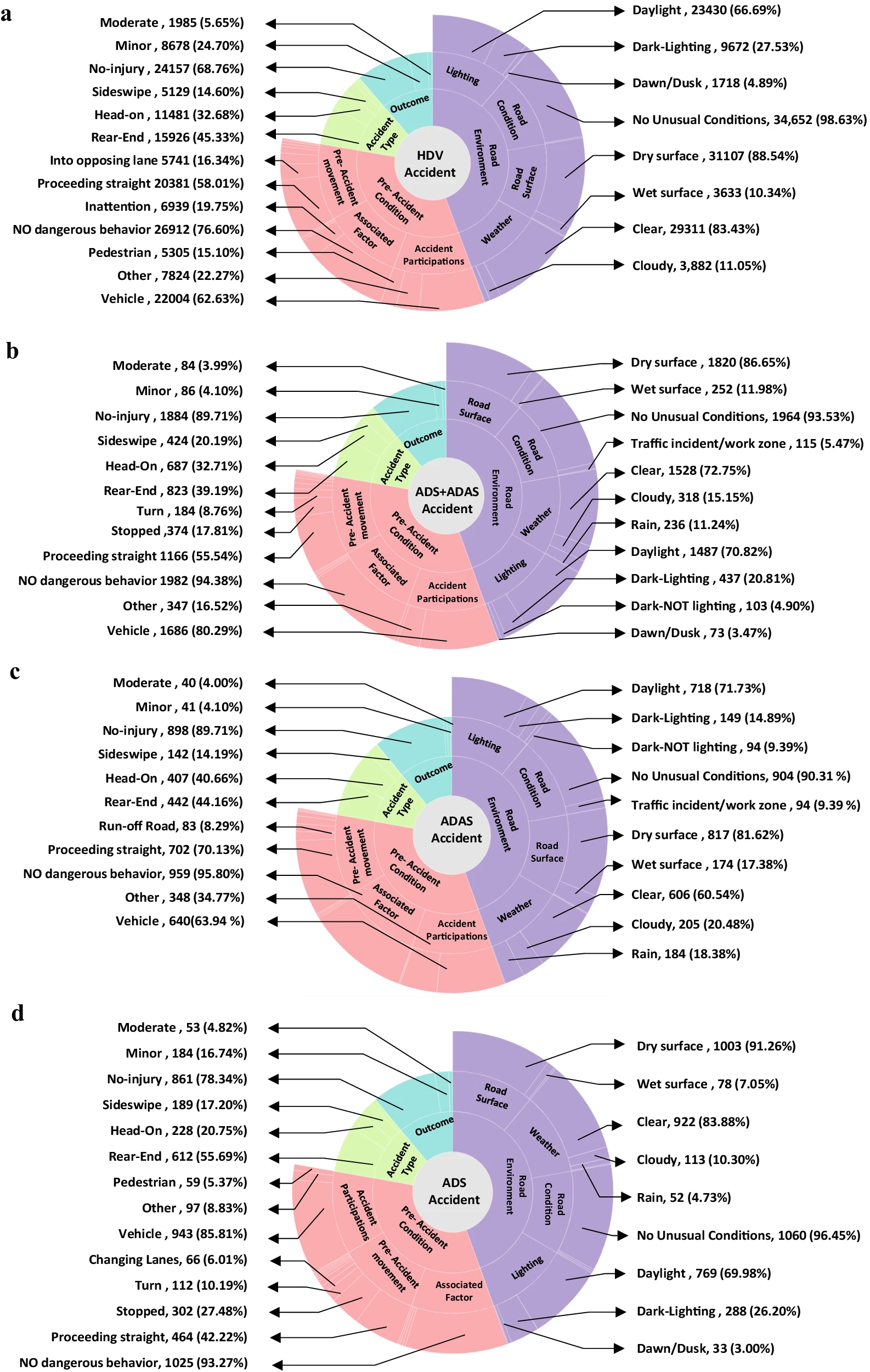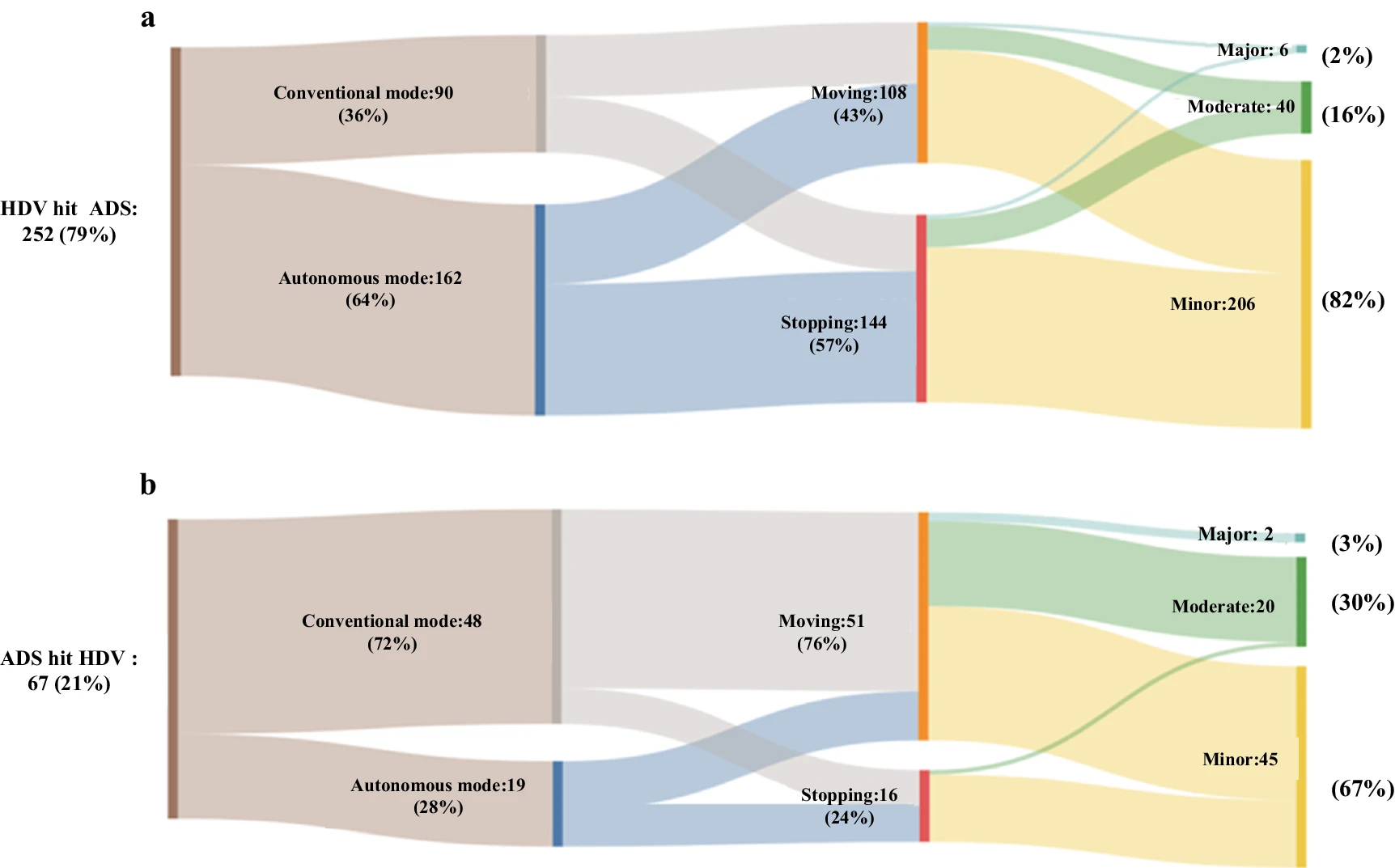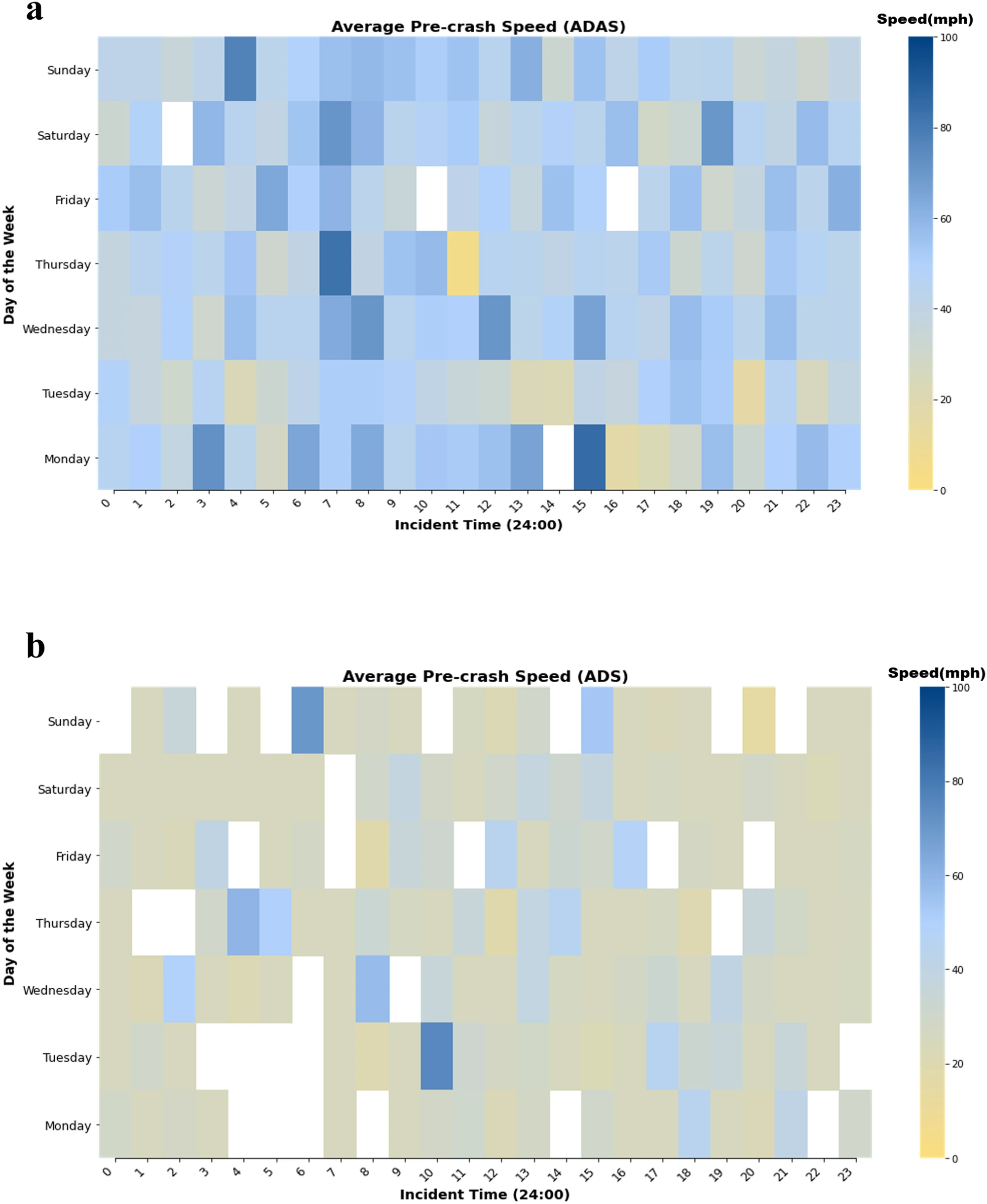The journey towards fully autonomous vehicles (AVs) demands continuous advancements. Safety remains the paramount objective. A compelling new study, published in Nature Communications, sheds light on the comparative safety performance of Autonomous Vehicles versus Human-Driven Vehicles (HDVs). This research provides critical insights into ongoing challenges for autonomous technology.
New Scientific Research: Unpacking AV Safety Challenges
The study, titled “High-resolution real-time detection of thin liquid films for autonomous vehicles using metasurface-enhanced radar” (DOI: 10.1038/s41467-024-48526-4), meticulously analyzed over 2,100 AV-involved crashes. Additionally, it reviewed more than 35,000 HDV-involved crashes in California between 2016 and 2022. While findings generally affirm AVs are safer than human-driven counterparts in standard conditions, specific vulnerabilities emerged:
- AVs show **higher vulnerability in low-visibility conditions**. This includes dawn and dusk, when perception systems face challenges.
- They exhibit **increased risk during complex maneuvers like turns**. Here, the incident risk can potentially double compared to HDVs.
Crucially, the research notes that most incidents for both vehicle types do not result in serious injuries. However, critical issues for AVs primarily link to their **perception and environmental interpretation capabilities under sub-optimal conditions**.
Enhancing Autonomous Driving Safety: How Easyrain’s Virtual Sensors Address the Real-World Challenges Highlighted by New Scientific Research
The findings underscore an urgent need to further refine AV perception and control systems. This is especially true for sensor accuracy in variable light and handling complex maneuvers or hazardous road surfaces. It is precisely here that Easyrain positions itself as a key innovator in advanced safety solutions for autonomous driving.
The Nature Communications paper details a groundbreaking W-band radar system. Augmented with innovative metasurfaces, this system is capable of high-resolution, real-time detection of thin liquid films on road surfaces. It effectively differentiates between wet and dry surfaces and also measures liquid film thickness. This provides crucial data for autonomous vehicles.

Fig. 1: Conceptual illustration of metasurface-enhanced radar for liquid film detection. (Source: Nature Communications)

Fig. 2: Experimental setup for radar measurements in various conditions. (Source: Nature Communications)
Easyrain’s comprehensive suite of technologies directly addresses the vulnerabilities identified in the *Nature Communications* study:
- Advanced Virtual Sensor Systems: Our proprietary ITPMS, Aquaplaning, Ground, Wheel Misalignment, Snow & Ice, and Tire Wear virtual sensors empower autonomous vehicles. They detect real-time risk conditions often invisible to traditional physical sensors. These systems also provide crucial data in challenging light and road conditions.
- DAI – Digital Advanced Information: Our powerful DAI platform integrates and interprets sensor data. It offers predictive information to anticipate and prevent dangerous situations. This real-time intelligence proves vital for navigating complex scenarios and varying visibility.
- AIS – Aquaplaning Intelligent Solution: Easyrain’s patented AIS technology actively manages aquaplaning risk. This is a primary cause of loss of control on wet roads. By mitigating this specific danger, AIS directly addresses one of the most critical challenges for AVs operating in adverse weather.
- Easyrain Cloud: The Easyrain Cloud infrastructure enables continuous sharing and updating of safety-critical information. This occurs between vehicles and road infrastructure. The system creates a connected ecosystem that enhances overall road safety.

Fig. 3: Radar performance comparison on various road surfaces. (Source: Nature Communications)

Fig. 4: Metasurface design and its advantages for radar sensitivity. (Source: Nature Communications)
Easyrain: A Strategic Partner for Safer Autonomous Mobility
This scientific article confirms the true challenge for autonomous driving: managing non-standard and complex risk conditions. Easyrain, through its proprietary technologies, offers concrete and innovative answers. It strengthens road safety. Furthermore, it accelerates the global adoption of autonomous vehicles. We are committed to being a reference technological partner for automotive manufacturers and operators. We strive for truly safe autonomous driving. We proactively address the very issues highlighted by the latest scientific research.







